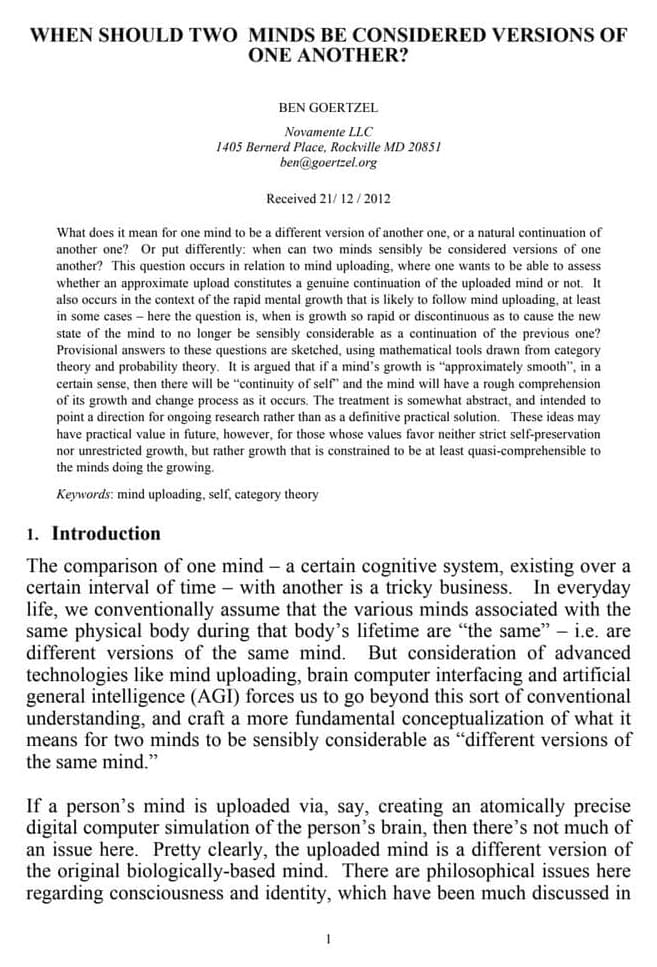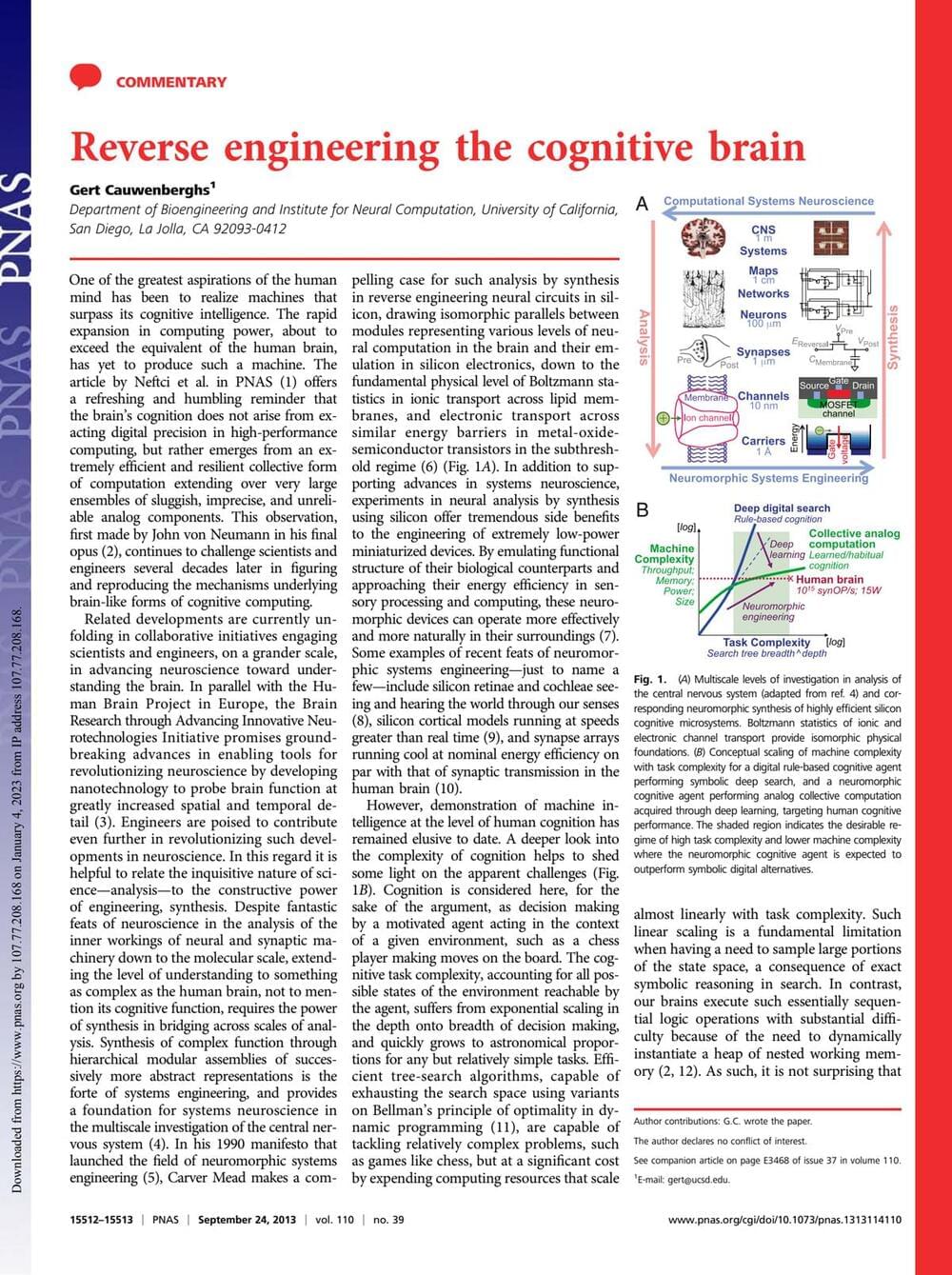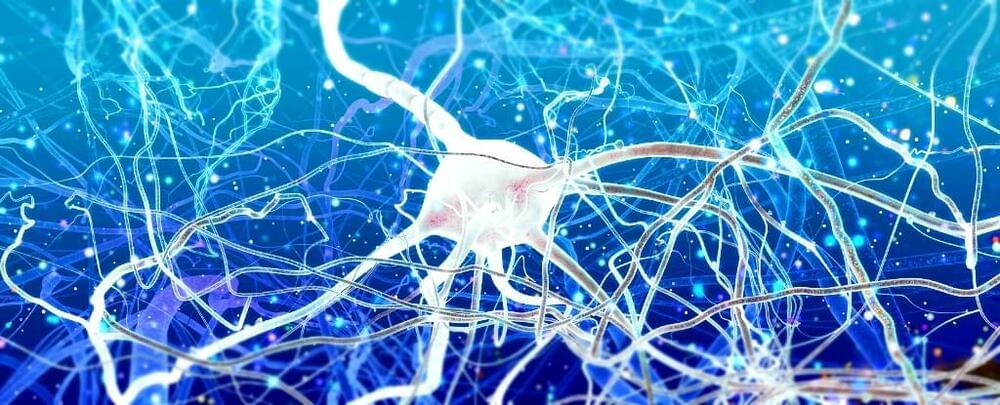Shortform link:
https://shortform.com/artem.
My name is Artem, I’m a computational neuroscience student and researcher.
In this video we will talk about the fundamental role of lognormal distribution in neuroscience. First, we will derive it through Central Limit Theorem, and then explore how it support brain operations on many scales — from cells to perception.
REFERENCES:
1. Buzsáki, G. & Mizuseki, K. The log-dynamic brain: how skewed distributions affect network operations. Nat Rev Neurosci 15264–278 (2014).
2. Ikegaya, Y. et al. Interpyramid Spike Transmission Stabilizes the Sparseness of Recurrent Network Activity. Cerebral Cortex 23293–304 (2013).
3. Loewenstein, Y., Kuras, A. & Rumpel, S. Multiplicative Dynamics Underlie the Emergence of the Log-Normal Distribution of Spine Sizes in the Neocortex In Vivo. Journal of Neuroscience 31, 9481–9488 (2011).
4. Morales-Gregorio, A., van Meegen, A. & van Albada, S. J. Ubiquitous lognormal distribution of neuron densities across mammalian cerebral cortex. http://biorxiv.org/lookup/doi/10.1101/2022.03.17.480842 (2022) doi:10.1101/2022.03.17.480842.
OUTLINE:





